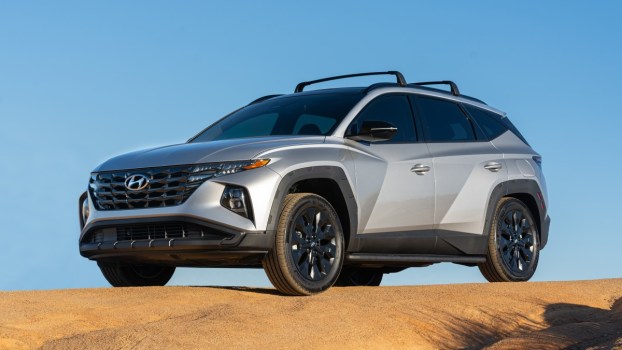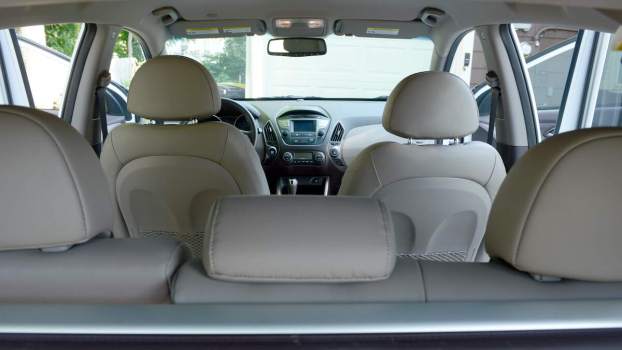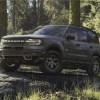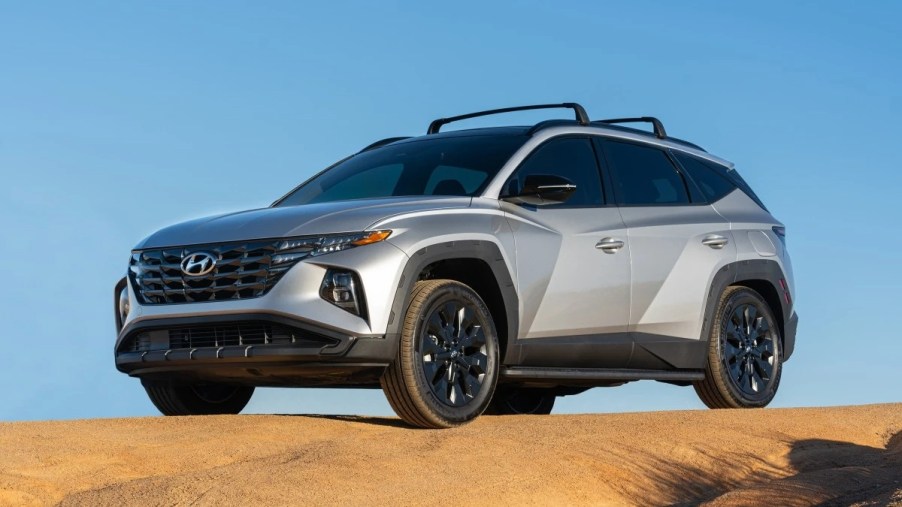
The 3 Most Common Hyundai Tucson Problems Reported by Hundreds of Owners
The Hyundai Tucson is a popular compact SUV with a stylish design, upscale cabin, many safety features, and efficient hybrid options. Though the Tucson is a solid pick, it’s not free of issues. Here are the three most common Hyundai Tucson problems reported by hundreds of real owners.
What are the most common Hyundai Tucson problems owners report?
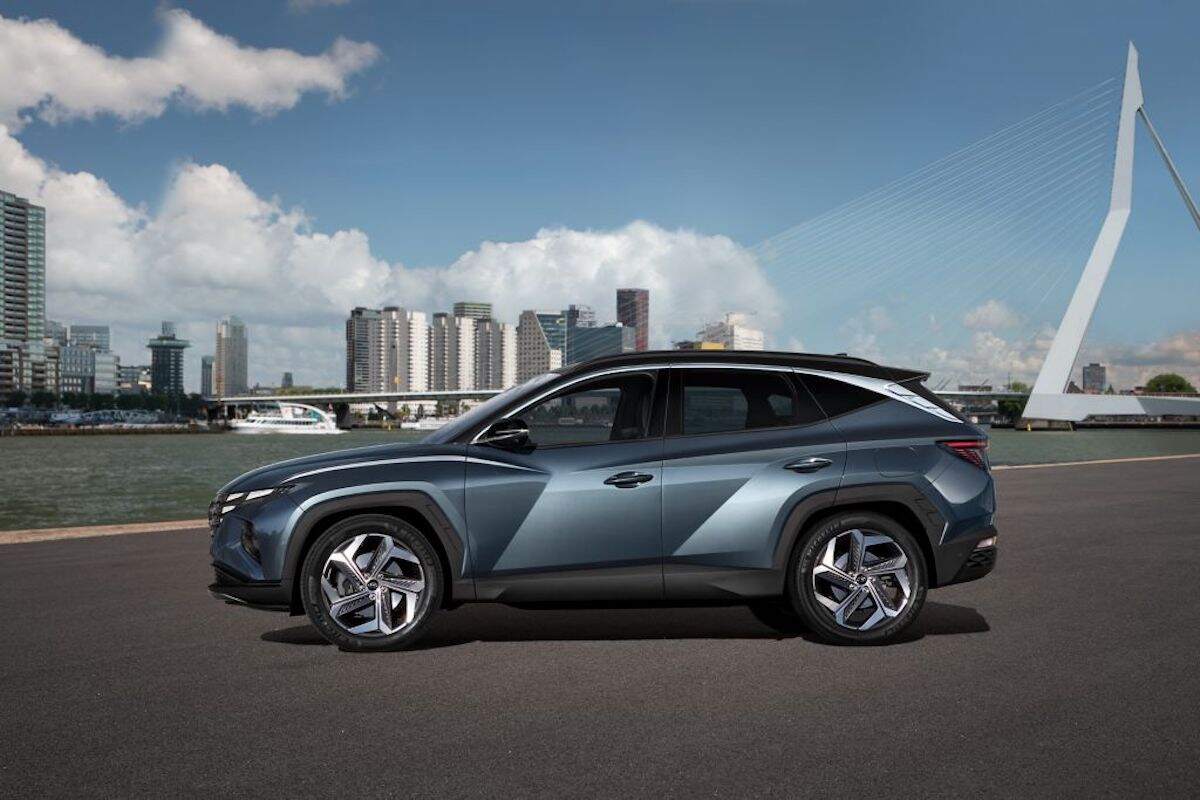
To find out the most frequent issues Hyundai Tucson owners encounter, we examined data from RepairPal. Some automotive experts rely on firsthand testing to determine a vehicle’s reliability, but RepairPal collects information from thousands of real owners about the severity, frequency, and cost of repairs. The benefit of this type of analysis is that it reflects real-world scenarios.
Here are the three most common Hyundai Tucson problems owners have reported:
- Transmission shifting incorrectly
- Airbag control module defect
- No sound from the speakers
Note that these issues don’t affect most Tucson models. However, they are the most frequently reported problems across all model years, so let’s look closer to understand them in greater detail.
The most common Hyundai Tucson problem is a transmission shifting issue
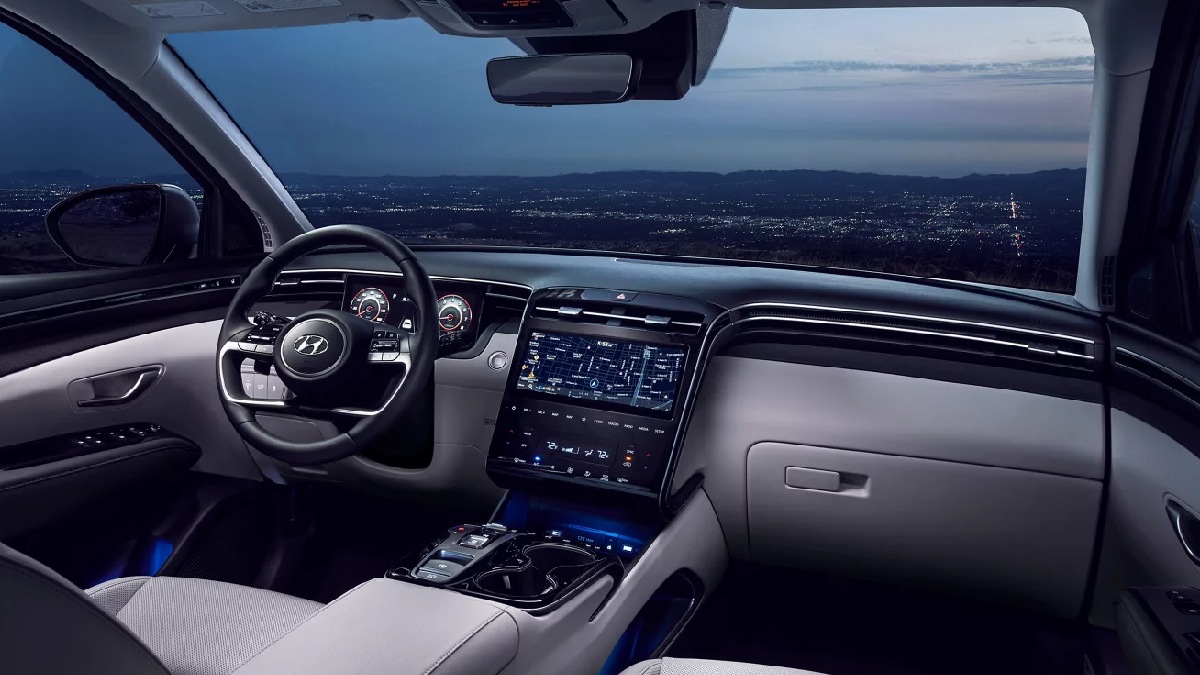
Based on RepairPal data, the most common Hyundai Tucson problem is a speed sensor issue. Typically, it causes the check engine light to illuminate and the automatic transmission to shift incorrectly. Over 100 owners have reported the issue in nine model years from 2005 to 2013. It happens at an average mileage of 112,113.
Typically, the cause is the failure of the speed sensors in the transmission. It’s a simple fix because the speed sensors are easy to replace and don’t cost much. However, diagnosing the problem costs about $100 at a reputable service center.
Airbag control module defect
The second most frequently reported Hyundai Tucson problem is a defect in the airbag control module. It increases the risk of the passenger-side airbag incorrectly deploying during a collision. So, the airbag control model must be replaced.
To address the problem, Hyundai issued recalls for eight Tucson model years: 2005 through 2009, 2013, 2014, and 2016. As with most recalls, the automaker should cover the cost of the airbag control module replacement at an authorized dealership.
No sound from the speakers
The third most common Hyundai Tucson problem is strange. Speakers in some SUVs with a multimedia navigation system suddenly stop emitting sound. Whether it’s when using the radio, CD player, navigation system, or other source, the sound abruptly ceases. Over 50 owners of nine model years from 2009 to 2017 have reported the problem to RepairPal.
Fortunately, the no-sound issue is easy to fix and typically doesn’t require a service center visit. The cause of the problem is a software glitch, which can be resolved with a hard reset. To do the hard reset, disconnect the negative battery terminal in the SUV. Wait about 15 minutes and then reconnect the terminal. After that, the sound should return.
Is the Hyundai Tucson a reliable SUV?
The Hyundai Tucson scores above average in reliability, earning a rating of four out of five from RepairPal. It’s the fifth most reliable model in a field of 26 compact SUVs the automotive repair and maintenance site has analyzed.
Also, ownership costs for this Hyundai crossover are relatively low. RepairPal says the Tucson’s average annual repair cost is $426, lower than the $521 average for compact SUVs and $652 for all vehicle models. That’s the result of less frequent and severe repairs.
